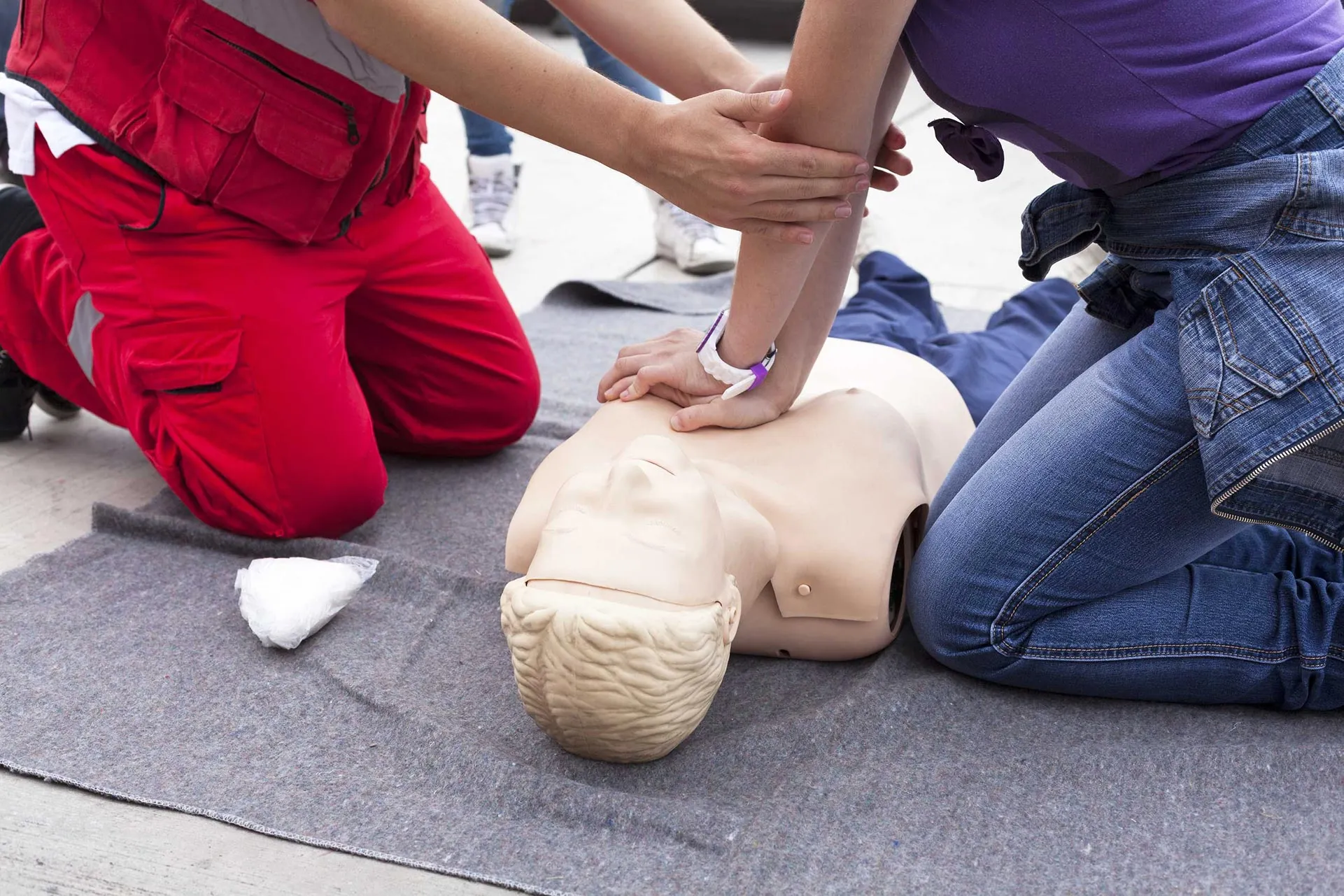When it comes to safety and emergency preparedness, different types of training address specific needs and scenarios. Two such trainings are Breakaway Training and First Aid Training. While both are essential in their own right, they focus on distinct aspects of handling emergencies. Here’s a detailed look at the differences between Breakaway Training and First Aid Training.
1. Definition and Purpose
Breakaway Training:
- Definition: Breakaway Training, often referred to as “breakaway techniques” or “self-defense training,” focuses on teaching individuals how to safely escape from physical holds or restraining situations. This training is particularly relevant in environments where physical confrontations or restraints are a concern.
- Purpose: The primary aim is to enable individuals to free themselves from an attacker or an involuntary physical hold. This type of training helps people protect themselves and avoid potential harm by using specific techniques designed to create distance and escape.
First Aid Training:
- Definition: First Aid Training provides individuals with the knowledge and skills needed to offer immediate medical assistance to those who are injured or ill before professional medical help arrives. This training covers a wide range of emergency medical scenarios.
- Purpose: The goal is to equip individuals with the ability to assess and respond to medical emergencies, perform life-saving procedures such as CPR, and provide care for common injuries and medical conditions.
2. Key Focus Areas
Breakaway Training:
- Physical Techniques: Includes training in various methods to break free from holds, including techniques for escaping from grips, chokes, and restraining situations. Emphasis is placed on quick, efficient, and safe movements.
- Situational Awareness: Teaches individuals how to assess and respond to potentially dangerous situations, aiming to avoid physical conflict and escape safely.
- De-Escalation: Often incorporates strategies for de-escalating tense situations to prevent physical confrontations from occurring.
First Aid Training:
- Medical Response: Covers a range of medical skills, such as performing CPR, using an automated external defibrillator (AED), treating wounds, managing fractures, and recognizing signs of medical emergencies like heart attacks or strokes.
- Emergency Procedures: Includes procedures for dealing with various health issues, from basic cuts and bruises to more severe conditions such as choking or severe allergic reactions.
- Assessment Skills: Teaches how to assess the severity of injuries or illnesses, prioritize care, and provide appropriate treatment based on the situation.
3. Training Context and Application
Breakaway Training:
- Context: Typically utilized in settings where there is a potential for physical altercations or where individuals may need to escape from holds. Common in schools, healthcare facilities, social services, and security roles.
- Application: Applied when an individual needs to defend themselves or escape from a physical confrontation. The techniques are designed to be used in real-time situations where immediate physical response is required.
First Aid Training:
- Context: Applicable in almost any setting where emergencies may occur, such as workplaces, schools, homes, and public spaces. Essential for anyone who wants to be prepared to handle medical emergencies.
- Application: Used to provide immediate care to injured or ill individuals, whether in the workplace, during recreational activities, or in everyday life. It focuses on delivering medical interventions until professional help arrives.
4. Training Duration and Certification
Breakaway Training:
- Duration: Varies depending on the depth of the training program. Basic courses may be shorter, while more advanced training could involve several sessions.
- Certification: Participants often receive a certificate indicating their proficiency in specific breakaway techniques and safety practices.
First Aid Training:
- Duration: Typically includes several hours to a full day of instruction, depending on the level of certification (e.g., basic first aid vs. advanced first aid).
- Certification: Participants usually receive certification from recognized organizations such as the Red Cross, which is valid for a specified period and may need renewal or recertification.
5. Integration in Professional Settings
Breakaway Training:
- Professional Settings: Beneficial in roles where physical confrontations or restraints are possible, such as security personnel, school staff, healthcare workers, and social workers.
- Integration: Provides tools for managing and safely escaping from physical situations, improving safety and reducing potential harm in high-risk environments.
First Aid Training:
- Professional Settings: Valuable in all professional settings where medical emergencies may arise, including offices, construction sites, sports facilities, and public events.
- Integration: Ensures that employees and individuals can offer immediate medical assistance, promoting a safer environment and potentially saving lives in emergency situations.
Conclusion
Breakaway Training and First Aid Training serve distinct yet complementary purposes. Breakaway Training focuses on personal safety and self-defense, providing techniques to escape from physical holds and avoid harm. In contrast, First Aid Training equips individuals with medical skills to respond to a wide range of health emergencies and provide immediate care. Understanding the differences between these types of training helps individuals and organizations choose the appropriate training based on their specific needs and contexts. Both are crucial in enhancing overall safety and preparedness in various scenarios.




